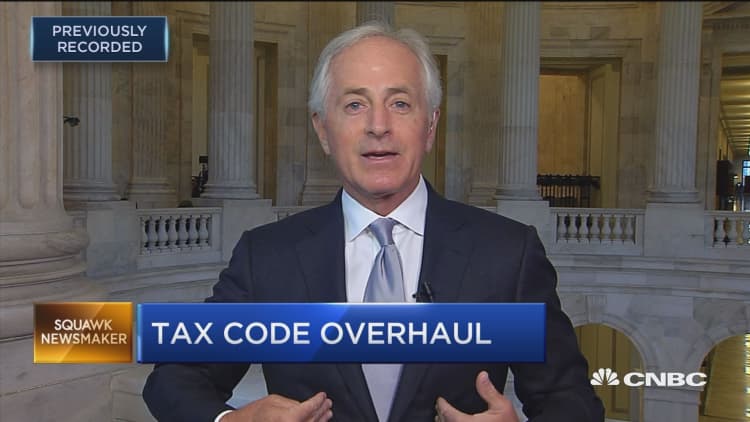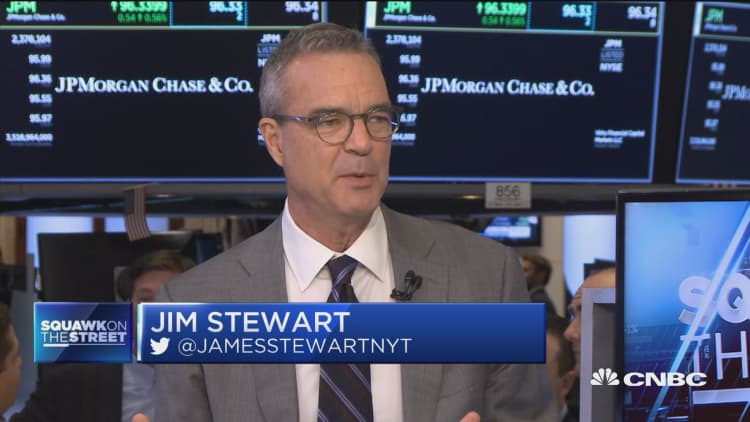As if Republicans didn't face enough hurdles in their sprint to cut taxes, here's another one: $1 trillion annual deficits are rushing back to Washington.
A new analysis from the Bipartisan Policy Center adds new disaster relief spending and the costs of GOP tax-cut plans to earlier projections from the Congressional Budget Office. Its conclusion: The deficit could reach $1 trillion as early as 2019 – four years earlier than the CBO calculated in January.
The only previous episode of trillion-dollar annual deficits began during the Great Recession and financial crisis. As the economy recovered, the deficit fell below that level in 2013.
But now, as retiring baby boomers rapidly swell the rolls of Social Security and Medicare, trillion-dollar deficits are on track to return during a strong economy.

"These projections foreshadow another period of trillion-dollar deficits at a time when the United States has experienced one of the longest continuous economic expansions in history and an unemployment rate of 4.5 percent," the center's analysis concludes.
Noting deficit trends since 1980, the analysis adds that the nation "has piled up debt more than twice as fast as economic growth."
In January, the CBO projected a fiscal 2018 deficit of $48 billion, rising to $1 trillion by 2023. Over the 10-year period from 2018-2027, it forecast deficits totaling $9.4-trillion.
By June, the CBO revised all those numbers to reflect more-than-expected red ink. It pegged the 2018 deficit at $563 billion, a $1.02 trillion deficit in 2022, and 10-year deficits of $10.1-trillion.
The Bipartisan Policy Center analysis updates those projections. It assumes $200 billion over 10 years for the costs of recent wildfires, hurricane damage and flooding. And it folds in the $1.5 trillion in higher deficits allowed by the new budget resolution Congress has passed to smooth the way for tax cuts.
The $1 trillion deficit level held symbolic power for Republicans during President Barack Obama's tenure. They used the prospect of "trillion-dollar deficits as far as the eye can see" to win back the House in 2010 and force a Democratic administration into contentious budget negotiations.
A GOP-controlled Congress has since eased the spending caps that resulted from those budget talks. House conservatives pushed for new spending cuts in the 2018 budget resolution but abandoned them under pressure from the Senate.
The question now is whether the $1 trillion figure still has symbolic power as it shadows a Republican drive to cut taxes. A former GOP staff director at the Senate Budget Committee, who helped produce the new deficit analysis, hopes so but doesn't expect it.
"I'm afraid not," said Steve Bell, who is now at the Bipartisan Policy Center. "What you're hearing from me is the last squawk of a dying deficit hawk."
WATCH: GOP running out of options for solving deficit with tax reform



